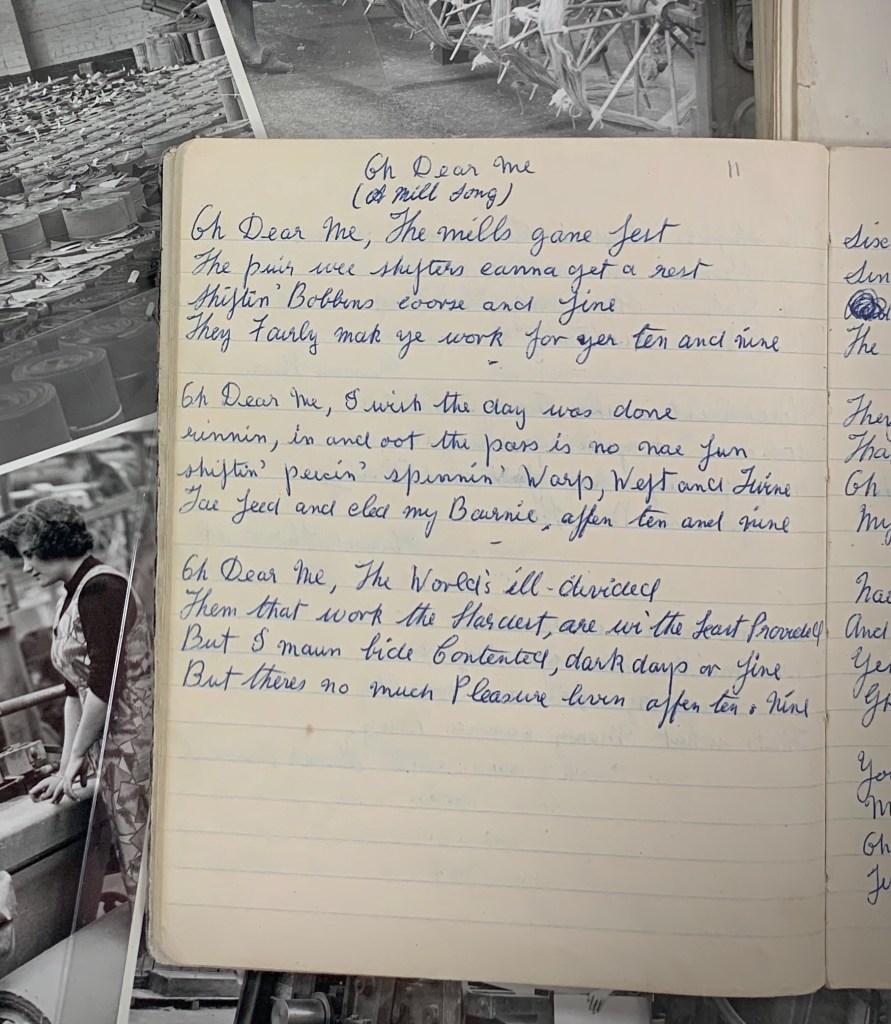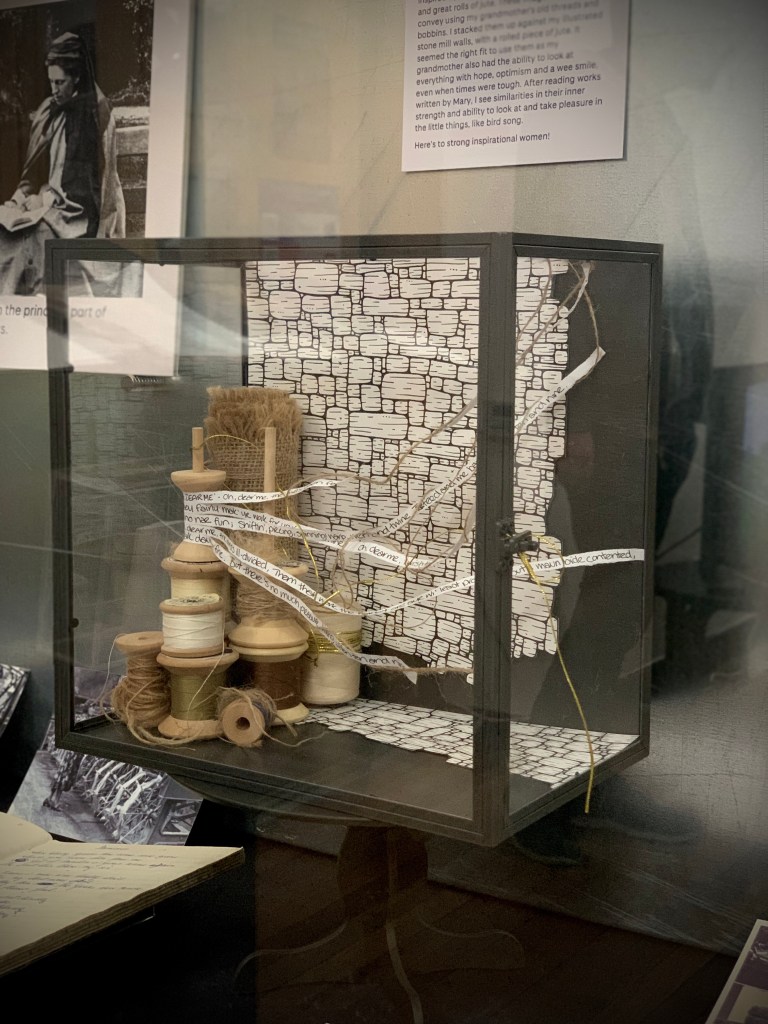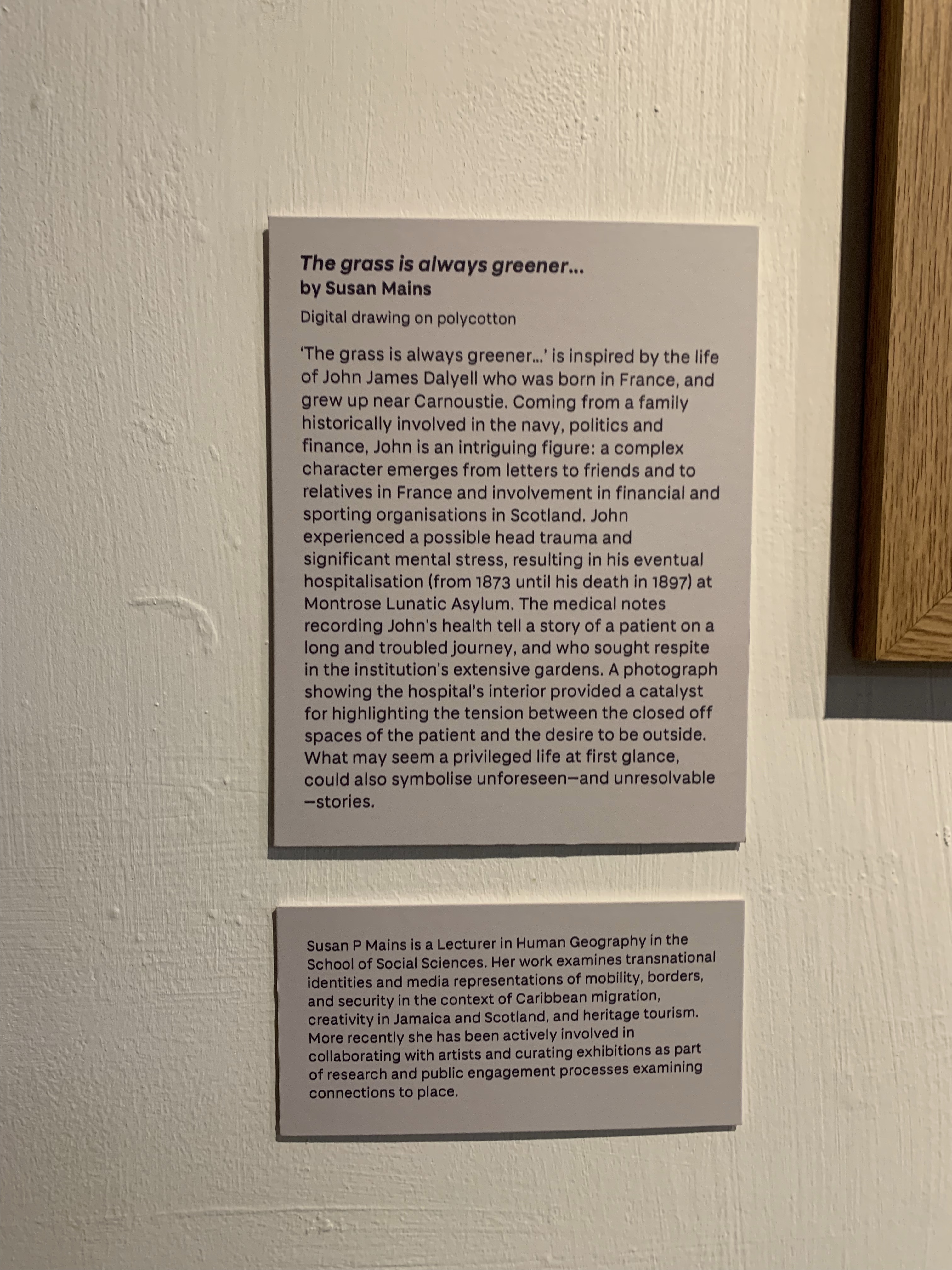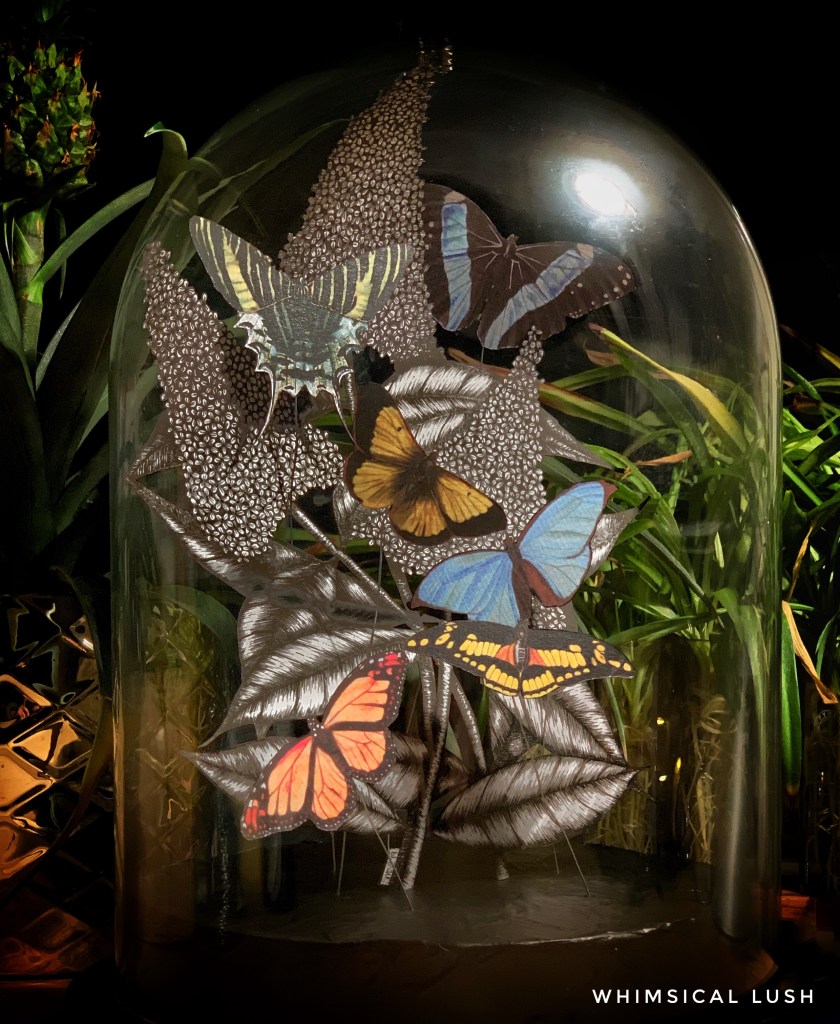I’m delighted to have been invited to be a part of this exhibition with Archive Collections and Museum Collections, at the University of Dundee.

I’ll let the brilliant Matthew Jarron tell you more about it and then as you scroll down I’ll tell you the story that I found in the archives.
Join us for our new exhibition as part of the Year of Scotland’s Stories!
Tales of the Unexpected
Join us for the opening of a new exhibition in the Lamb Gallery at the University of Dundee, and discover some of the fascinating stories behind items in the University Archives and Museums. To mark Scotland’s Year of Stories we invited artists, designers and creative writers to explore our stores and choose objects and archives which inspired and intrigued them. This exhibition showcases their responses and brings to life the tales that run through our collections in new and surprising ways.
Follow the lives of jute workers, doctors, explorers, soldiers, scientists, campaigners and merchants and the impact that they had on Dundee and the world. The new works made by our artists and designers shed fresh light on these tales in creative and thought-provoking ways.
The exhibition is open until 28 October –
🎟 Tales of the Unexpected Tickets, Multiple Dates | Eventbrite

Here’s the story that I found in the archives – ‘The Golden Thread’ It’s just one of so many stories about the incredible Mary Brooksbank.

OH, DEAR ME (JUTE MILL SONG)
Oh, dear me, the mill’s gaen fest,
The puir wee shifters canna get a rest,
Shiftin’ bobbins, coorse and fine,
They fairly mak’ ye work for your ten and nine.
Oh, dear me, I wish the day was done,
Rinning up and doon the Pass is no nae fun;
Shiftin’, piecing, spinning’ warp, weft and twine,
Tae feed and cled my bairnie affen ten and nine.
Oh, dear me, the warld’s ill-divided,
Them that work the hardest are aye wi least provided.
But I maun bide contented, dark days or fine,
But there’s no much pleasure living affen ten and nine.

‘Oh, Dear Me’ (Jute Mill Song) is possibly the most famous of her ‘Mill Songs’ that she wrote, many telling the stories of the incredibly hard life of those working in the jute mills of Dundee, including Mary Brooksbank herself.
You can hear Mary herself talking about the song and singing it too as part of the exhibition. It was really wonderful hearing her voice.

Mary began working in the Baltic Mill at a young age as ‘a shifter of bobbins’. She was still sporadically attending school too, but was often found looking after her siblings whilst her mother went to work in the jute mills. She was living not far from where I used to live, up Blackness. It was much different back then, with terrible overcrowding and poor sanitation, disease was rife. She describes her life as being very typical of many in Dundee back in the early 1900s.




Dundee was often referred to as ‘women’s town’ as there was very little work for men who were often described as idle, whilst the women went to work in the city’s jute industry.
It was an incredibly hard life, but written in amongst some very difficult stories Mary also wrote about and celebrated friendships and happy moments too. She would report the harsh realities, whilst highlighting life’s little positive treasures. Maybe that’s why she was such a great campaigner for the rights of the mill workers, because she could see that change could potentially make things better? That there was always a bit of hope?
In reading her book ‘No Sae Lang Syne – A Tale Of This City’ I found many stories of her life and of the lives of those around her. I chose a few pieces of her writing that really spoke to me and went on to inspire this wee piece about her.





She wrote “I never liked the mill, … My wishes, desire, hopes, ambitions, were dutifully suppressed in the interests of those I loved”. But that didn’t mean she gave up on them, writing poems titled ‘Hope’, ’Truth’ and ‘Love’ that can be found in her book ‘Sidlaw Breezes’.

Her words below really jumped out to me and are represented by the golden thread weaving its way through the threads of the song words and jute strands flying through the dusty mill air. Moments of happiness in tough times that she never forgot.
“But there were golden threads woven into the grey fabric of our existence. There were the rambles to Windmill Park at Newport. The drives by horse brake to Kirrie, Monikie, Longforgan, Blair, Carnoustie, andonce at least, even as far as Perth. How well I remember that last drive to Kirriemuir. We got off the brakes at the foot of the brae at Lumley Den for the sake of the horses.” … “Johnny lightheartedly played his melodeon in the den, and chased and teased the lassies. Jimmy, the oiler, had us all in stitches at his antics, using his oilcan as a banjo, and singing “Where the Blue Grass grows round the Old Cabin Door”, and every so often would pretend to oil the cracks in the mill floor, and old Granny’s rheumatics.”
Mary Brooksbank, ‘No Sae Lang Syne – A Tale Of This City’,

Mary wrote about other little moments that made life a bit nicer, I loved her poems about birds particularly ’To A Sparrow’ where she writes of sitting feeding a wee brown sparrow, enjoying its chirps and pretty feathers.

In looking through photographs of mill life in the Dundee University archives, I was inspired by the endless lines of bobbins, threads and great rolls of jute. These images I tried to translate using my grandmother’s old threads and bobbins that she left to me in her big wooden sewing box. I stacked them up against my illustrated stone mill walls, with a rolled piece of jute.

It seemed the right fit to use them as she, albeit later on just after WW2, came to live in Dundee at a time where conditions were still very poor after the war, with rationing still taking its toll. It was a huge culture shock to her having moved here from Holland, which was not as nearly deprived. Oma, as we called her, was a seamstress and worked hard at everything she did, I always admired her work ethic and also her ability to look at everything with hope, optimism and a wee smile.
Although Oma never worked or lived in the awful conditions that Mary Brooksbank and her co-workers did, after reading works written by Mary I do see similarities in their inner strength and ability to look at and take pleasure the little things, like sparrows and bird song to lighten an otherwise heavy day.

Here’s to strong inspirational women!
If you’d like to see the behind the scenes of the making of this piece please pop over to my Instagram for Part 1 and Part 2!













Some of the other work you can find at the exhibition. It really is wonderful and stuffed full of fascinating stories, all found in the archives of Dundee University! I’d highly recommend a visit. I’ll certainly be returning.

All photographs and books are from Dundee University Archives. You can book and appointment with them to see their treasures and find out some amazing things about Dundee and beyond.
It’s always a pleasure working with everyone in the archives. Below are two previous pieces I have created for them, links to their blog posts are included. If you like to see and read more…


